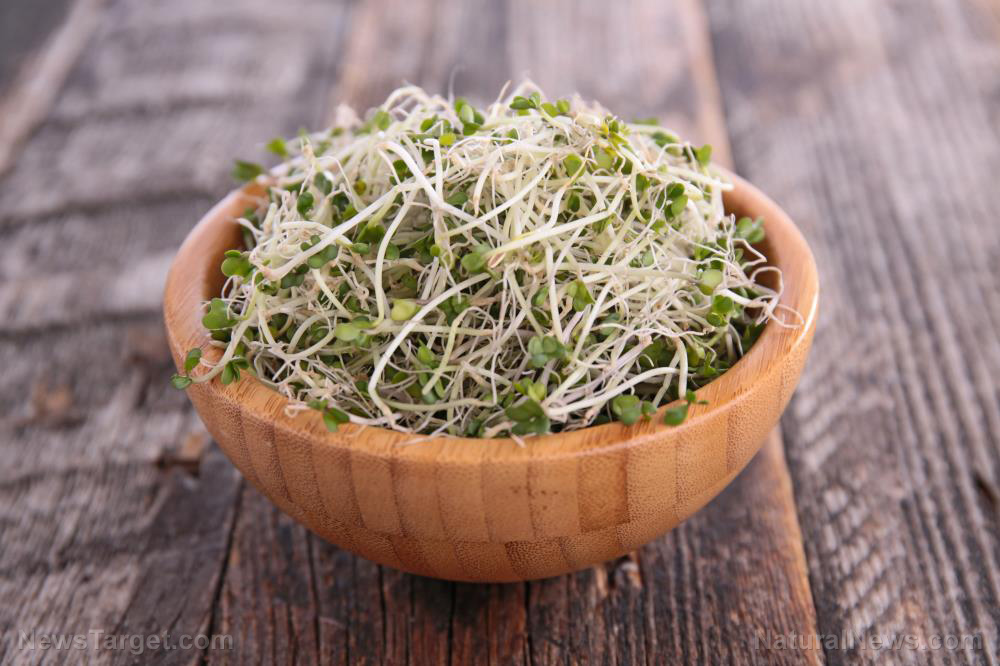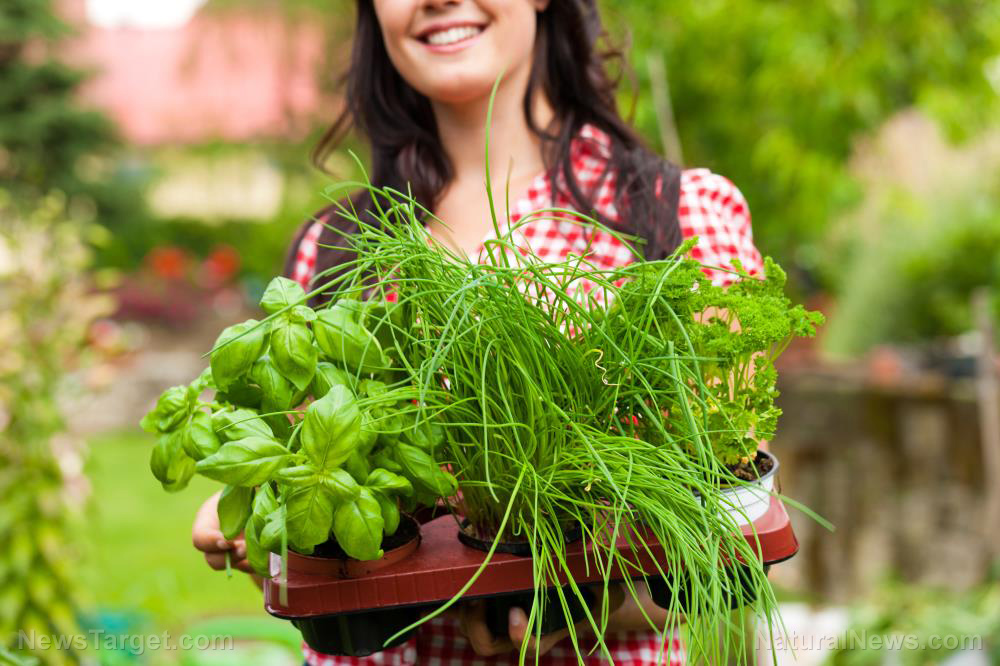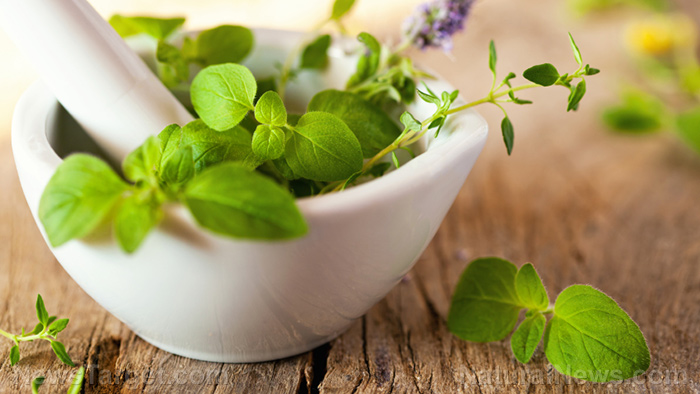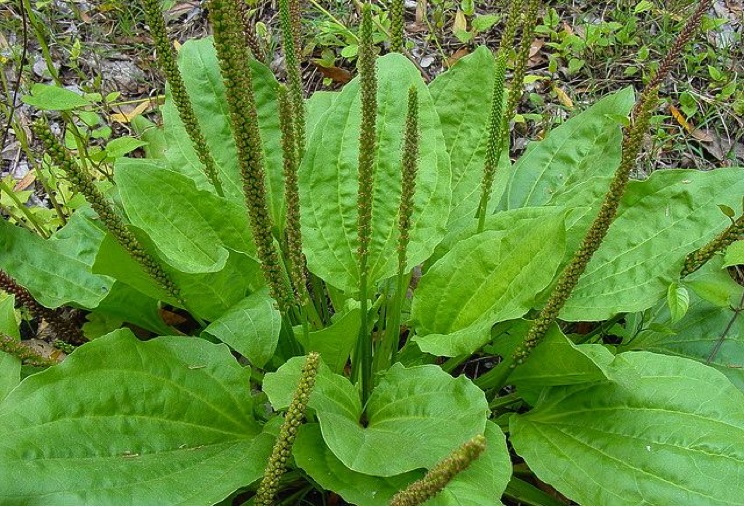Sprouting 101: A quick and easy guide to get you started
03/26/2020 / By Zoey Sky

Tiny, tasty sprouts are chock-full of nutrients and health benefits. Once you’re familiar with the dos and don’ts of sprouting, you can easily grow fresh sprouts right at home.
As seeds germinate, they start to sprout. During this part of the growing process, the following natural chemical changes take place:
- Chlorophyll and carotene content increases dramatically once sprouts are exposed to sunlight.
- Enzymes are activated, which you need for proper food digestion.
- Minerals are combined for improved assimilation.
- Proteins are turned into free amino acids, the building blocks of your body.
- Starches are turned into simple sugars.
- Vitamin content increases from three to 12 or more times.
Sprouts offer many health benefits, such as improving digestion and nutrient absorption. Additionally, sprouts are a great source of beneficial antioxidants that promote immune health.
Studies suggest that sprouts have anti-tumor effects. Eating sprouts regularly may even help prevent bladder, breast and prostate cancer.
How to use sprouts
There are many ways to enjoy nutritious sprouts.
- Blend them in dips, sauces, salad dressings and smoothies.
- Grind sprouts into a paste and spread it on bread or crackers.
- Add them to salads.
- Make sandwiches with raw sprouts.
- Add them to soups, but after you’re done making the soup.
- Bake them into a burger patty or meatloaf.
- Add sprouts to rice dishes or stir-fries.
- Make omelets with sprouts.
Three ways to grow sprouts
Try one of the three sprouting methods below. Each one suits different kinds of sprouts, so double-check before you start. (Related: Easy to grow and nutrient-rich: Considerations and instructions for sprouting.)
Micro-farm method
This method is best for pea sprouts, sunflower sprouts and wheatgrass.
You need:
- A pan or casserole dish
- Organic sprouting seeds of choice
- Organic soil
Steps:
- Line the casserole dish or pan with 2 inches of organic soil.
- Sprinkle a handful of seeds on top, then cover the seeds with another inch of soil.
- Spray water on the soil daily.
- Once 4 to 5 days have passed, you can harvest your sprouts. Carefully trim the sprouts with kitchen scissors.
Soak and sieve method
Use the soak and sieve method to sprout buckwheat, chickpeas, lentils, mung bean and quinoa.
You need:
- A clean container to soak the beans, peas or lentils in
- Sieve
- Towel
Steps:
- Soak the beans overnight.
- Rinse them thoroughly in the sieve, then put the sieve over a bowl.
- Rinse the beans twice per day: once in the morning, then once in the evening. Cover the beans with a towel.
- Once the beans start sprouting, harvest as needed.
Sack or cheesecloth method
This method suits alfalfa, broccoli, cabbage or clover sprouts.
You need:
- Mason jar
- Nut sack or cheesecloth (purchase at health foods stores and hardware stores)
- Seed or lentil of choice
- Food-grade hydrogen peroxide (Optional, to prevent mold growth)
Steps:
- Add 1 to 2 tablespoons of seeds to the nut sack.
- Put the sack in a mason jar, then fill the jar with water. Cover all the beans. Let the beans soak for 12 to 24 hours.
- Drain the water, then rinse the seeds. Leave the nut sack and seeds hanging in the empty jar.
- Rinse the sproutlings twice a day. During each rinse, wash the sproutlings several times before leaving them to drain.
- If you use food-grade hydrogen peroxide, add half a teaspoon to the water. Let sit for five minutes before rinsing several times to prevent mold growth.
- Keep the sprouts refrigerated and rinse daily.
Types of sprouts
The sprouts included in the list below are protein-rich. They also contain vitamins A, C, E and K, along with minerals like calcium, iron, magnesium and potassium.
- Alfalfa sprouts
- Broccoli sprouts
- Chickpea sprouts
- Lentil sprouts
- Pea sprouts
- Mung bean sprouts
- Red clover sprouts
Buy the right kind of sprouting seeds
Use high-quality raw seeds for sprouting. Cooked or toasted seeds won’t sprout.
Don’t get seeds that have not been irradiated, which destroys essential nutrients. Buy fresh seeds that are organic to avoid chemicals or pesticides.
Homegrown sprouts are cheaper compared to store-bought ones, and they’re rather easy to grow. Try sprouting with beans, grains, legumes, nuts and seeds, and see which ones suit your tastes and nutritional needs.
Sources include:
Tagged Under: clean food, emergency food, food supply, home gardening, homesteading, how-to, organics, sprouting, sprouts, survival, vegetables, veggie



















